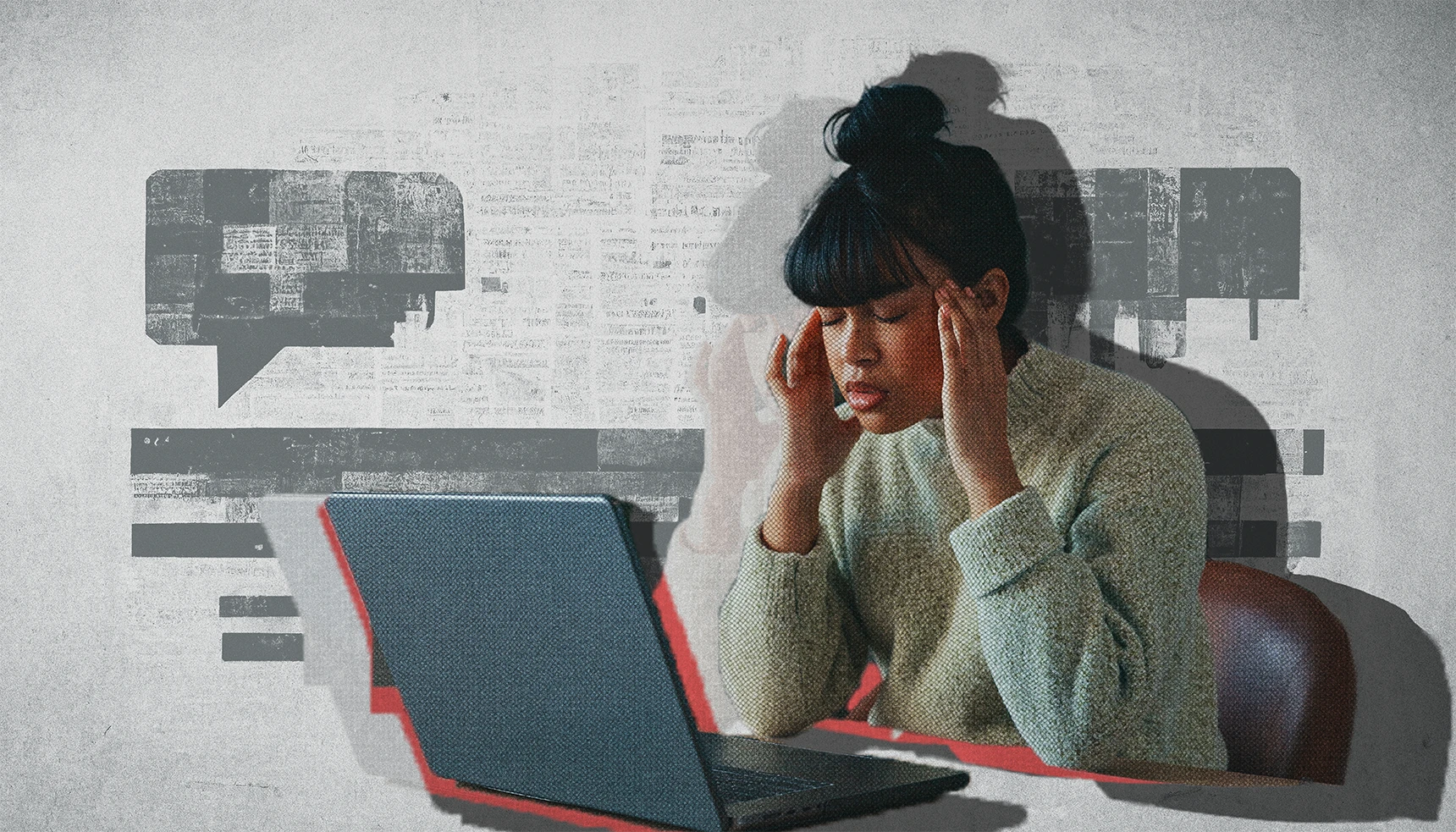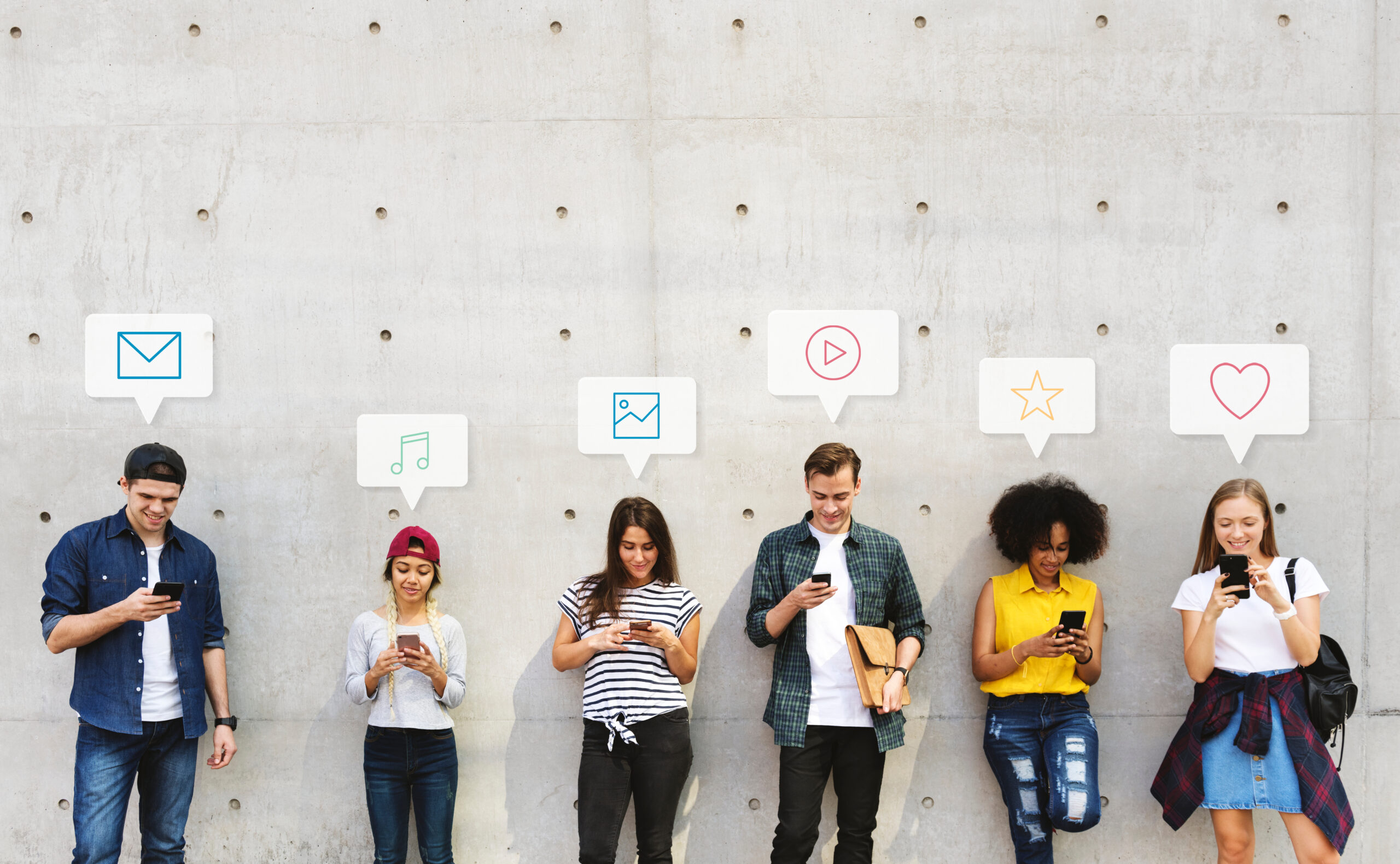How Social Media Continues to Disrupt Internet Copyright Law
DisCo is taking part in Copyright Week, a series of actions and discussions supporting key principles that should guide copyright policy. Every day this week, various groups are taking on different elements of the law, and addressing what’s at stake, and what needs to be done to make sure that copyright promotes creativity and innovation.
Six years ago, in a DisCo post titled Social Media and Copyright Law In Conflict, this author wrote that social media sharing throws traditional copyright regimes “into chaos” and that “the legal uncertainty will not be clearing up anytime soon.” Recent developments underscore both conclusions. They highlight the inherent — and unfortunately still unresolved — tension between U.S. law and the content-sharing functions that underlie, indeed epitomize, social media today.
I am referring to the slow-moving federal lawsuit arising out of several embedded tweets of a 2016 photo of NFL quarterback Tom Brady walking with Boston Celtics general manager Danny Ainge. A number of Twitter users posted the photograph, and several news sites embedded those tweets to illustrate stories about Brady helping the Celtics recruit NBA player Kevin Durant. Photographer Justin Goldman had originally posted his photo as part of a Snapchat Story. (Ironically, Durant never signed with the Celtics.) Importantly, in 2016 there was no embedding function available from Snapchat outside its mobile app.
When Goldman sued Breitbart, Gannett, Yahoo and Vox Media for copyright infringement, the stage was set for a definitive ruling on the legality of embedding. Rather than naming as defendants the Twitter users who actually copied the photo, though, his lawyers went after media’s deep pockets, arguing in their complaint that embedding is a “contorted, out-of-context, highly technical and exquisitely self-serving extrapolation” that serves as a “means for predatory publishers to avoid paying license fees for their increasingly rampant appropriation of copyrighted content” without “any other positive social purpose.” Wow!
In this over-the-top context, what we got was a mess of an opinion with erratic reasoning. Federal district judge Katherine Forrest decided in February 2018 that although the media defendants had not themselves purloined the Goldman photo from his Snapchat feed — and were not responsible for the third-party tweets — they were still liable for direct infringement by embedding the tweets in their news articles. That is because, according to the court, “all of defendants’ websites included…the full-size photo visible without the user having to click on a hyperlink, or a thumbnail, in order to view the photo.”
Bear in mind, Judge Forrest’s motivation was exemplary and plainly unbiased:
When the Copyright Act was amended in 1976, the words “tweet,” “viral,” and “embed” invoked thoughts of a bird, a disease and a reporter. Decades later, these same terms have taken on new meanings as the centerpieces of an interconnected world wide web in which images are shared with dizzying speed over the course of any given news day. That technology and terminology change means that, from time to time, questions of copyright law will not be altogether clear.
But her decision is yet another instance in which courts are incoherent about social media and reveals the truth of the old adage that hard cases make bad law.
The opinion’s reasoning has been rightfully criticized, by EFF and others, for rejecting the so-called “server test” from a landmark 2007 Ninth Circuit case, Perfect 10 v. Amazon, which provides a clear and easy-to-administer rule and “has been a foundation of the modern Internet.” The court also relied on a puerile analogy to the infamous Aereo case, where a streaming video startup captured over-the-air broadcast television programming and resold it for profit in the OTT space without a licence or payment. And finally, Judge Forrest emphasized that unlike the Google Photo thumbnails at issue in Perfect 10, with embedded tweets an Internet end user does not need to make “an active choice to click on an [full-size] image before it is displayed.”
None of that is sensible as either a legal or policy matter. I have argued for years, without notable success, that posting copyrighted material to social media in the clear — not using available technological means to disable downloading and embedding — is abandonment of ownership or, at a minimum, an implied copyright license. If someone uses a social media photo that the owner has effectively given away by failing to protect it, no infringement liability should attach, even without a “fair use” defense. But much like the now long-ago decision in a New York case involving Haitian earthquake photos posted to Twitter, Agence France Presse v. Morel, the legal rationale of Goldman v. Breitbart News Network LLC is far less important than its consequences.
By basing copyright liability on embedding, the Breitbart opinion throws into question basic functions of the Web, like in-line linking, that have been part of the HTML specification and HTTP protocol for decades. In other words, a single infringing upload by a Twitter user now can virally contaminate everyone else, potentially thousands of people innocently using the embed feature, exposing all of them to financially devastating infringement litigation. As copyright guru Prof. Eric Goldman (no relation to the photographer plaintiff) explained amusingly:
Ugh, this decision is bad. How bad is it? It makes me sympathetic to Breitbart, and I didn’t even know that was possible. You may want a box of tissues nearby before reading this. For over a decade, in-line linking has been treated as categorically non-infringing. This opinion flips that presumption and may eliminate all unlicensed in-line linking.
Yet making things stranger, the Second Circuit last July summarily denied an interlocutory appeal, certified by Judge Forrest, in favor of awaiting full judgment after trial and a potential damages award. Perhaps the court of appeals wants to decide in context of the district court’s anticipated ruling on what the district judge classified as “defenses,” namely whether the photograph was “released into the public domain” and whether the defendants engaged in fair use. (The first of those reflects the point I’ve stressed about social media copyright for a long time.) That makes a little more jurisprudential sense, but also conflicts with the Ninth Circuit’s 2015 decision, in the DMCA context, that fair use is an integral part of copyright liability — not an affirmative defense. Of course, as with its Cablevision remote DVR decision, also conflicting with Ninth Circuit precedent, the New York appellate court has shown that it clearly harbors no affection for its California colleagues.
One prophetic pundit wrote for Pando way back in 2013 that Twitter’s embedding APIs would make social media’s copyright issues “even weirder.” How true. The problem is that with the slow pace of judicial interpretation, the Copyright Act continues to make treatment of social media inconsistent and dangerous, certainly not clarifying the law of Internet copyright for today’s social media age. These technologies are no longer just emerging, but instead over the years have become a fundamental and even politically important function for society (politicians, media, activists, end users/voters, etc.) in modern America. Breitbart has luckily not been applied in other copyright cases — so far — but this stuff is just too important to remain in legal limbo very much longer.








